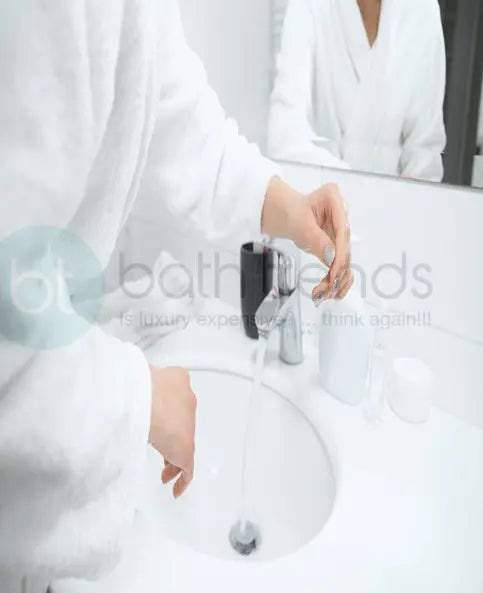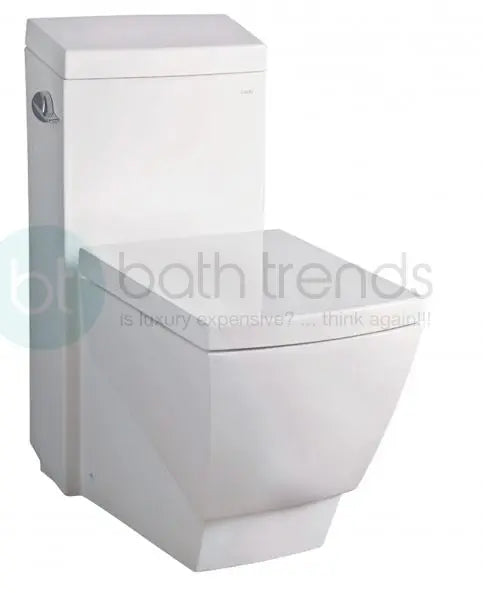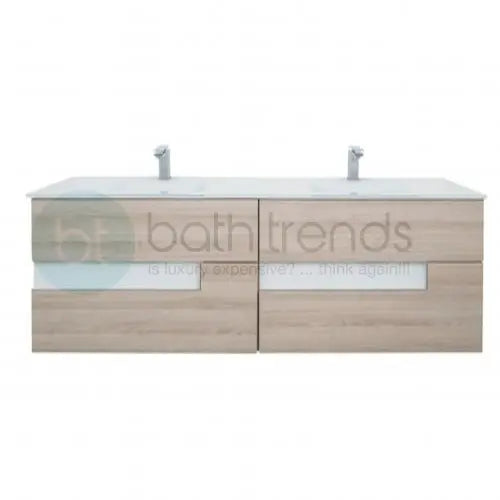
What Causes Bathroom Sinks to Crack?
A cracked bathroom sink is usually something that you should address as quickly as possible. The best way to remedy it depends on the amount of damage. So, you'll need to figure out what caused it, how big it is, and whether or not the sink's structure has been compromised.
What are the most common causes of cracks in bathroom sinks?
Most often, the poor use of a more sensitive material causes bathroom sinks to break. Here are some of the most typical causes of cracks in bathroom sinks.
- Extreme temperature changes
Bathroom sinks are susceptible to extreme temperature variations. Swelling and cracking of your sink might occur due to repeated temperature stress.
- Impact damage
The majority of sink materials on the market can't withstand strong blows. They can resist and weather natural erosion, not blunt force.
- Rust accumulation
Many bathroom sink manufacturers use metals to reinforce the porcelain's strength. When metal is exposed to water and steam for an extended period, it can corrode over time. Corrosion buildup on your bathroom sink can cause swelling, warping, and cracking.
- Age
Every substance deteriorates with time. Bathroom sinks might start to display hairline fractures as they get older. Repair these cracks as quickly as possible to extend the life of your sink.
How can I keep my sink from cracking?
Here are some tips for preventing cracks and avoiding a significant issue in the future.
- Repair Sink Cracks Right Away
Cracks in your sink can lead to wider cracks and, eventually, structural damage of the sink. It is critical to patch cracks as soon as you notice them. Hiring a skilled plumber to repair cracks in your bathroom basin is the best option.
- Regular Cleaning
Cleaning your sink with non-abrasive items can help prevent cracks from forming. Keeping your basin clean by removing chemicals and other dirt will help it last longer.
- Use warm water instead of hot
Using warm water instead of hot water lowers the chance of harming your basin significantly. If you have to use hot water, increase the temperature gradually.
What if the sink is beyond repair?
Even after putting in a lot of effort, your sink may not be salvageable. Here are a few things to think about when shopping for a new sink to prevent the problems you had with your last one.
Remove the old sink and replace it with a new one.
Focus on higher-end materials like stone resin or natural stone when replacing. A higher-quality material will be easier to work with and will be able to resist more damage, resulting in fewer trips to the store.
Different Materials
Higher-end materials, such as stone/acrylic, have better heat retention, meaning your sink can resist and absorb higher temperatures for extended periods.
They may also survive hard blows better than inferior materials, requiring less upkeep in the long run. In the long term, they are also far more cost-effective.
Different Designs
Sinks come in a wide range of styles to suit a range of lifestyle preferences. Wall-mounted sinks are popular because they conserve space without sacrificing functionality.
There are also more straightforward designs, such as drop-in single vanity and basin layouts, which are suitable for smaller households.
Finally, there's the standalone sink. It is perfect for any home because it can be placed anywhere.
Bathroom sinks will ultimately wear out due to heavy use. Do your research and invest in superior sink material to avoid the headache of fixing your sink on a regular basis. You'll have fewer cracks and headaches down the road if you buy a high-quality bathroom sink.
To buy modern bathroom sinks online, visit BathTrends USA now.











